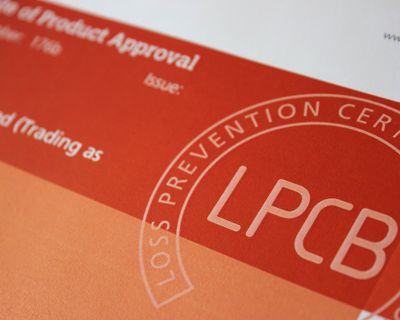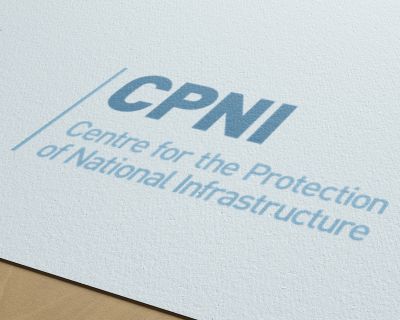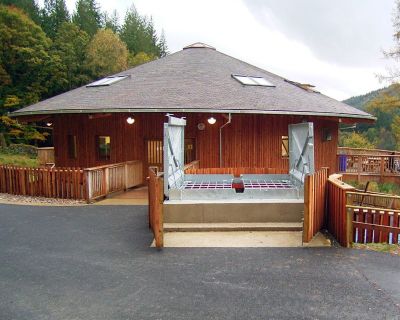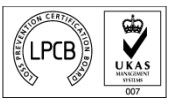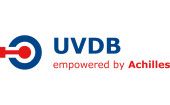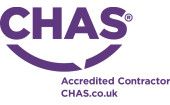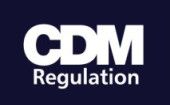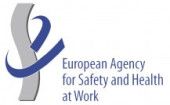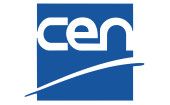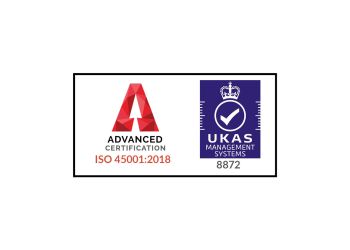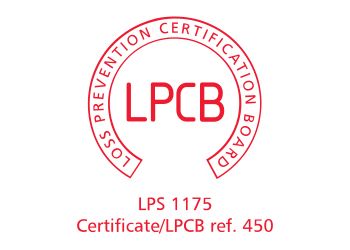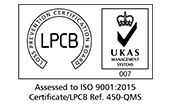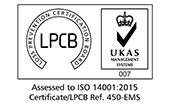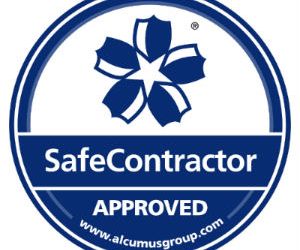The Nuts and Bolts of Security - A Strong Cabinet
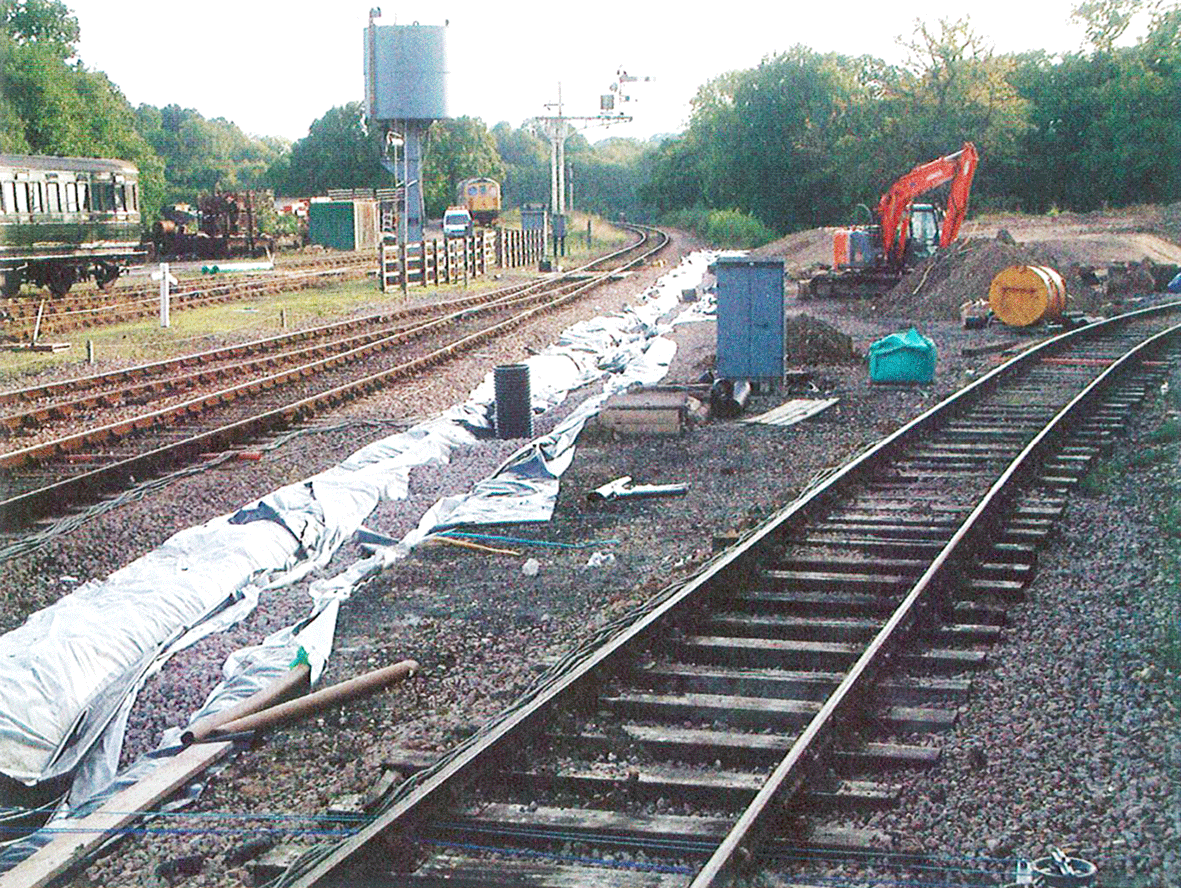
CCTV, station policing and asset surveillance play an important role in rail security. But the industry should not overlook the contribution of trackside engineering to network protection. Michael Miles discusses.
Through investment and a committed culture of crime prevention, surveillance and policing, the UK rail industry has a strong track record in security.
In common with other transport sectors, the industry must remain alert to the upper scale of security threat from terrorism and extortion. But more prevalent day-to-day risks of theft, vandalism, sabotage and criminal damage can also have a serious impact on public safety, network services and rail user experience.
Implementation of station CCTV, on-train CCTV and growing deployment of Rail Community Officers are certainly helping the British Transport Police to make the rail network far less attractive to criminals. However, the need for security does not stop at the end of the platform.
Many miles of track, essential rail infrastructure and unmanned stops lie between, all inextricably linked with the safety and operational continuity of the national rail network. Procedures to deal with a suspect bag in a busy station will inevitably hamper normal operations. So could the vandalism of a signalling cabinet out in the wilds of the countryside or alongside an inner city route, with its capillary effect of disruption to services.
There are thousands of lineside location cabinets, typically made of steel or GRP, housing the nerve system of route management and safety, from power cables and signalling to electronic and TPWS equipment.
Many contain intelligent technology monitored and managed by powerful control systems and telecommunications but are not themselves harnessed to a similarly integrated system of surveillance. Instead, it is their physical strength and engineering integrity that we rely on to resist criminal attack or sabotage.
Given that the performance of these seemingly utilitarian products is so critical, how do train operators and infrastructure managers go about selecting appropriate protection?
The National Railways Security Programme (NRSP) provides both mandatory and best practice security standards for train operators, Network Rail and others directly involved in railway security. But there is no universal bar or specific standard for physical security such as cabinets.
A Set Standard for Cabinets
Thinking again about the thousands of cabinets protecting miles of trackside services, it leaves the potential for varying product quality and integrity where a consistent performance standard might be expected.
Uncertified
It certainly leaves the door open for uncertified products that may not be ideally suited to purpose. Typically, the gauge of steel and fabrication quality may not provide the required structural resilience under attack. The system of corrosion protection may not be adequate enough to assure long-term integrity. Critically, they offer no test or measurement of security performance to indicate if they meet the risk assessment, the foundation to cost-effective security specification.
Competent risk assessment will optimise the product strictly to the security need. It avoids the unnecessary costs of over-specification, or, conversely, avoids leaving weak links in security from under-specification.
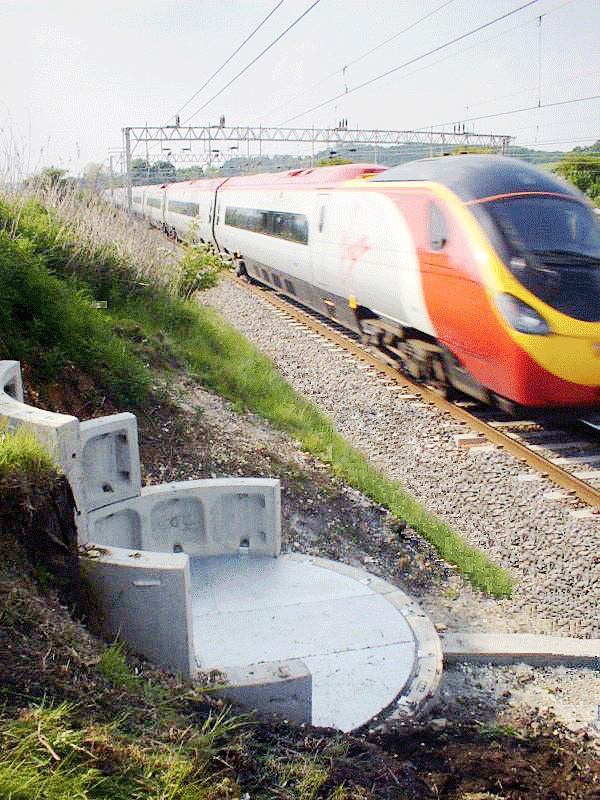
The site risk assessment will take into account any history of vandalism or trespass, the proximity to urban centres, and the perceived risk of more extreme interventions such as terrorist attack, extortion or criminal sabotage. The assessment will also consider the cabinet’s potential as a target for criminals, for instance, for metal content in cabling – or the actual cabinet itself.
The greater the assessed risk, the greater the physical defence required. This is where a competent regime of third party certification becomes vital. It will test and validate the performance of a security product in relation to these different levels of risk.
LPCB (Loss Prevention Certification Board) third party approval has clear strengths for sectors, like rail, responsible for the physical resilience of critical national infrastructure.
LPCB approves security products to the rigorous criteria of LPS1175, a performance test that originated in the UK insurance industry to provide a robust and reliable benchmark of security to help evaluate their insurance risk. Products are awarded a security rating according to a hierarchy of risk scenarios based on different attack tools and duration of attack, updated in line with Home Office guidance.
Being based on performance testing that tracks national edicts on security risk, LPCB as a certification standard gives scope to respond to the changing needs of critical security sectors like rail. It supports a culture of performance-assured yet adaptable physical security allowing scope for innovation and value engineering. This offers opportunity for solutions to adapt to operational, cost, and health and safety criteria, for example, in a way that would not be possible in adopting security equipment conforming to a design type.
Also significant, LPCB approval is not based on a one-off type test. It involves regular audits to ensure units coming off the production line continue to comply with the prevailing test standard and any revisions. Approved products must also be made to a quality management system providing documented assurance of the consistency of materials and fabrication vital to the reproducibility of structural performance.
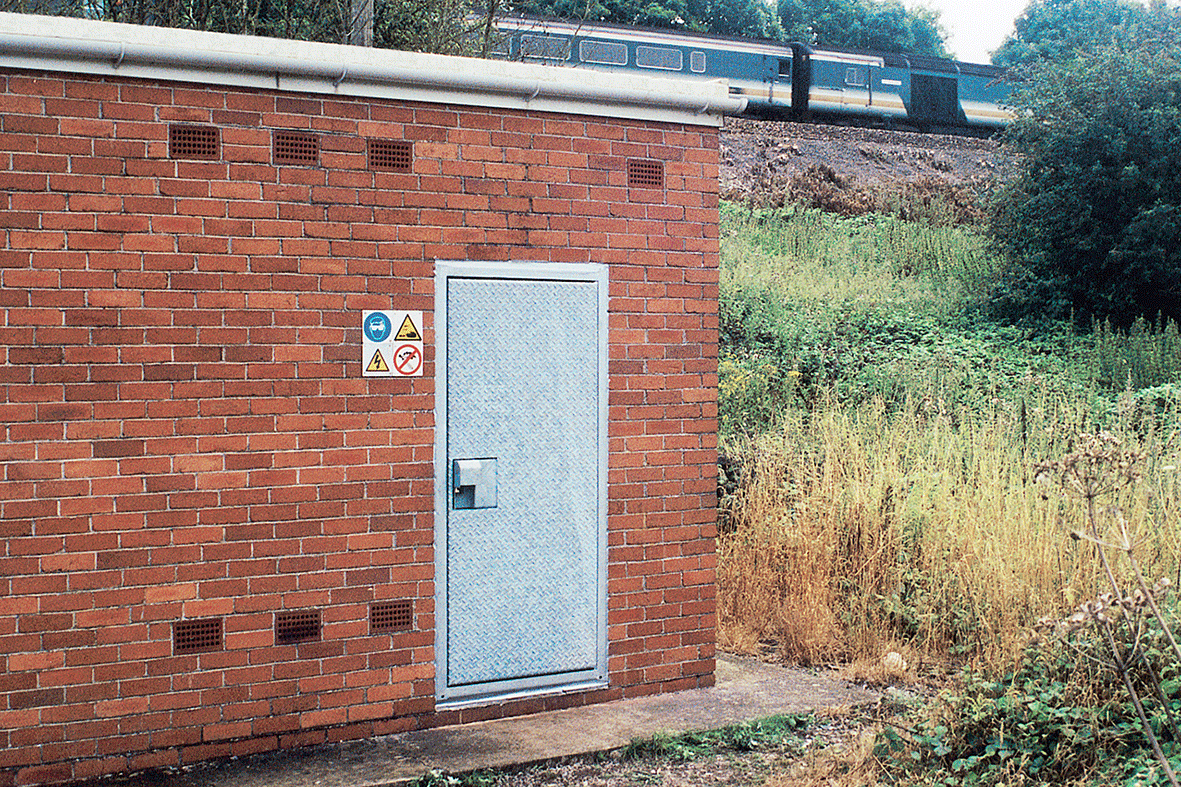
Opportunity
Programmes of new infrastructure, renewal or security upgrades provide the opportunity to install cabinets tested and certified to a dependable level of physical performance.
LPS1175 is increasingly being specified by rail engineers, including LPCB approved location cases typically to security rating 3 and 4.
Security engineering that meets a world class performance standard like LPS1175 assures not just physical resistance to attack. In using premium materials for structural integrity, it provides the basis for longer, low maintenance service life. It is a product proposition that provides a very solid and predictable foundation when it comes to forecasting and fulfilling Whole Life Costs.
For example, Technocover uses cold forming techniques in the fabrication of its LPCB approved UltraSecure location apparatus cases. We also post-galvanize products, applying a long life zinc coating after manufacture to ensure continuous corrosion-proofing of the cabinet. These set an upper bar for durability over and above what is required to meet the security certification test, for ultimate confidence in product performance and longevity.
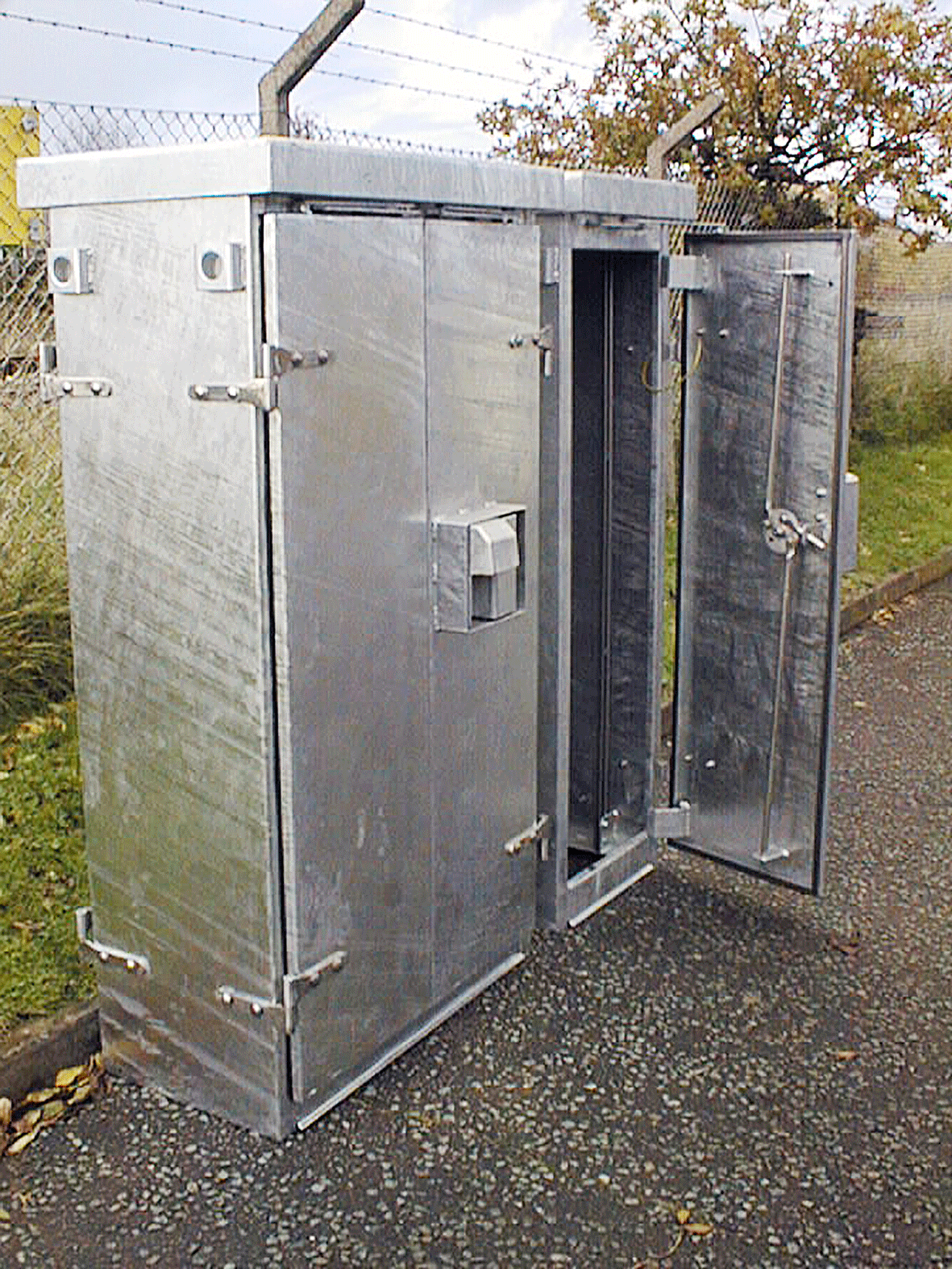
Resilience Engineering
Cabinet renewal can be far more than a simple exercise to install new hardware. In matching rigorously designed structural solutions with a tested performance to meet assessed security risks, it can make a significant contribution to the ‘resilience engineering’ being promoted by the Rail Technical Strategy (RTS).
Under the wing of the industry’s FutureRailway team, the RTS, among other things, promotes new techniques and technologies with a current emphasis on reliability. Reliable assets mean fewer delays for customers, less unplanned maintenance and lower costs.
It is easy to view location cabinets as isolated boxes, limited to the weatherproofing of lineside services and defending against the rare incident of tampering or vandalism. But they represent a huge number of cogs, even though tiny, in a big wheel and play an important role in rail asset reliability.
The same goes for other security equipment in unmanned or unmonitored areas, such as doors and window bars to relay rooms, security enclosures and REBs.
Their performance fulfils not just a primary function of security. It also reflects in operational continuity, service reliability and passenger experience as part of the bigger picture of engineering resilience.
ENDS
Published in Rail Professional, Issue 202, May 2014
Michael Miles is managing director of Technocover, incorporating TechnoRail, the leader in Total Service security solutions for the physical hardening of Critical National Infrastructure.


